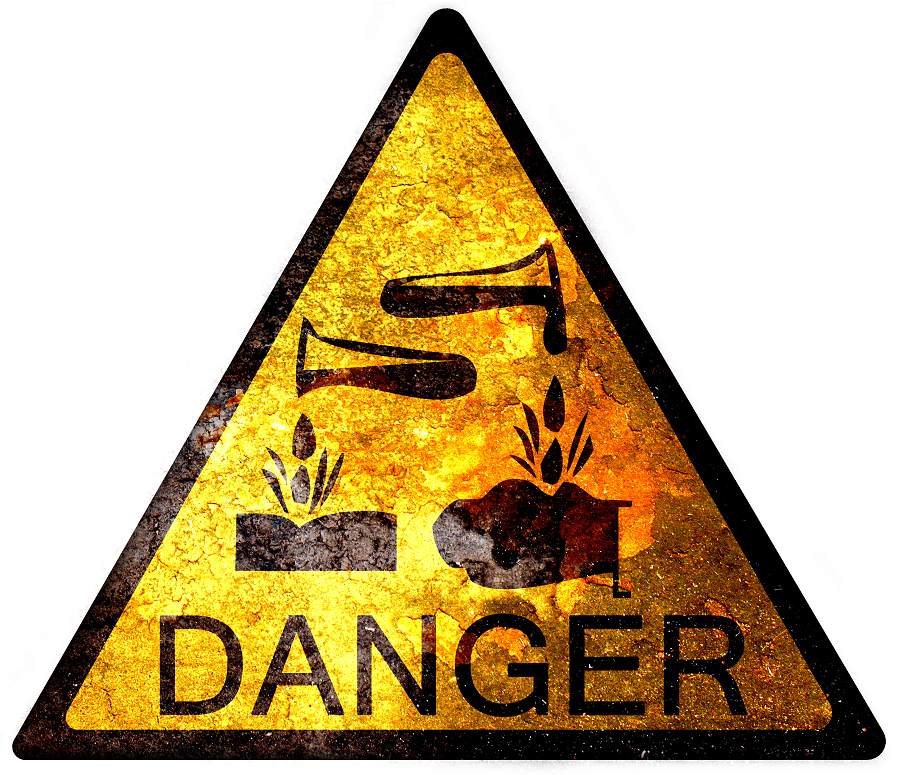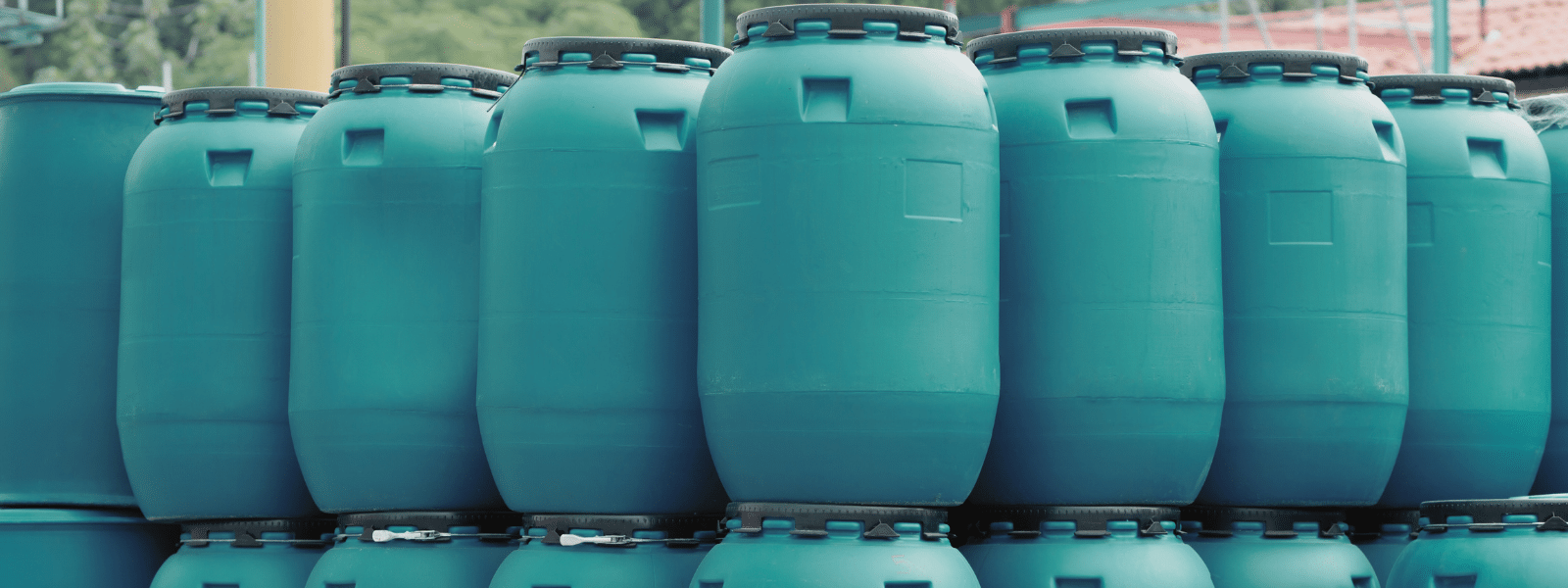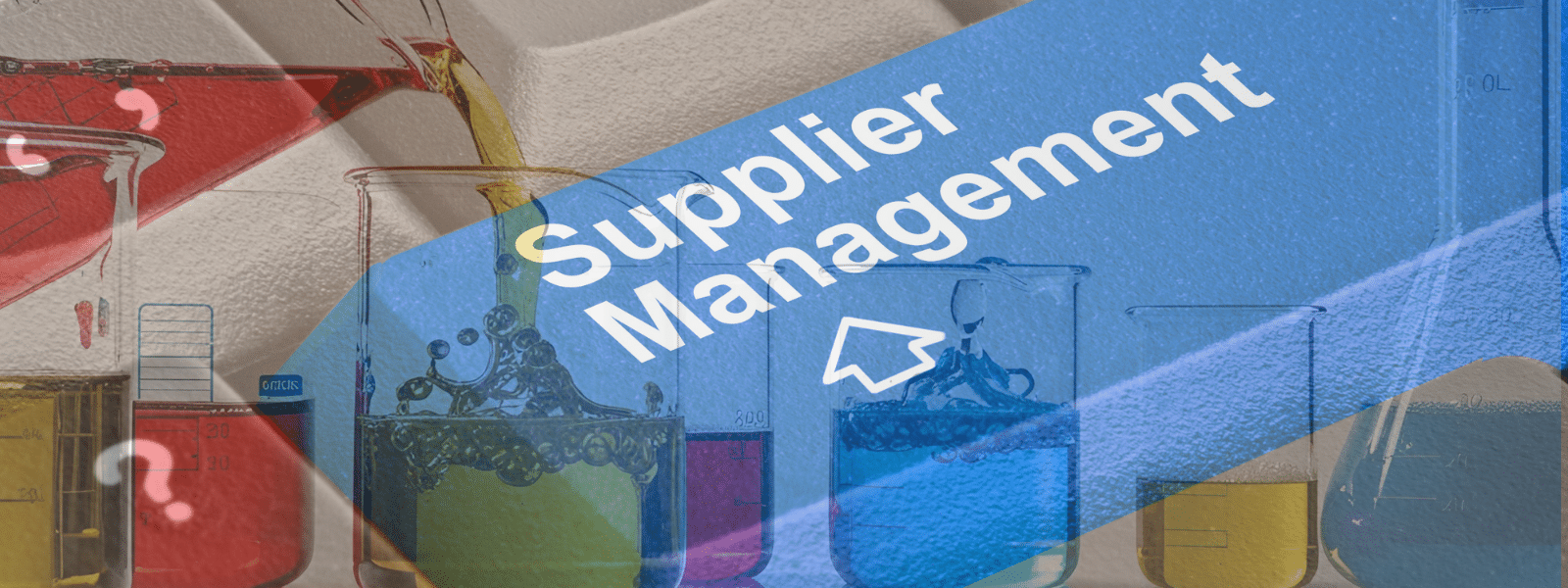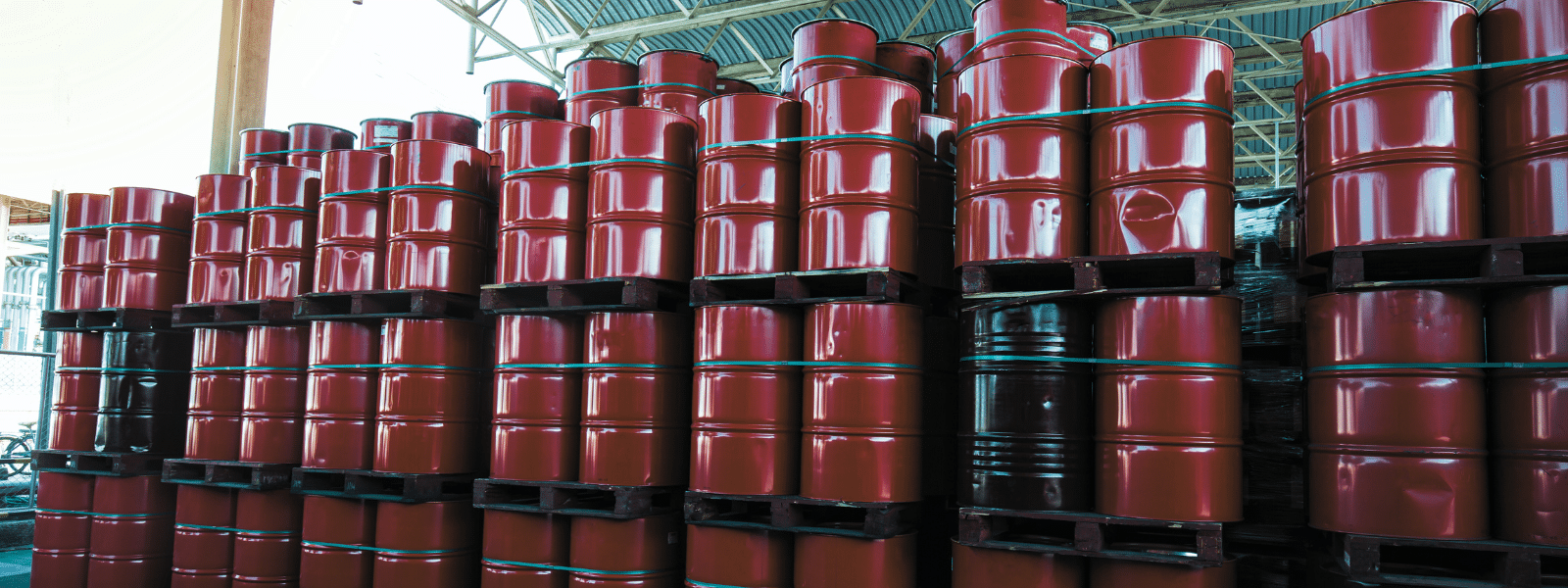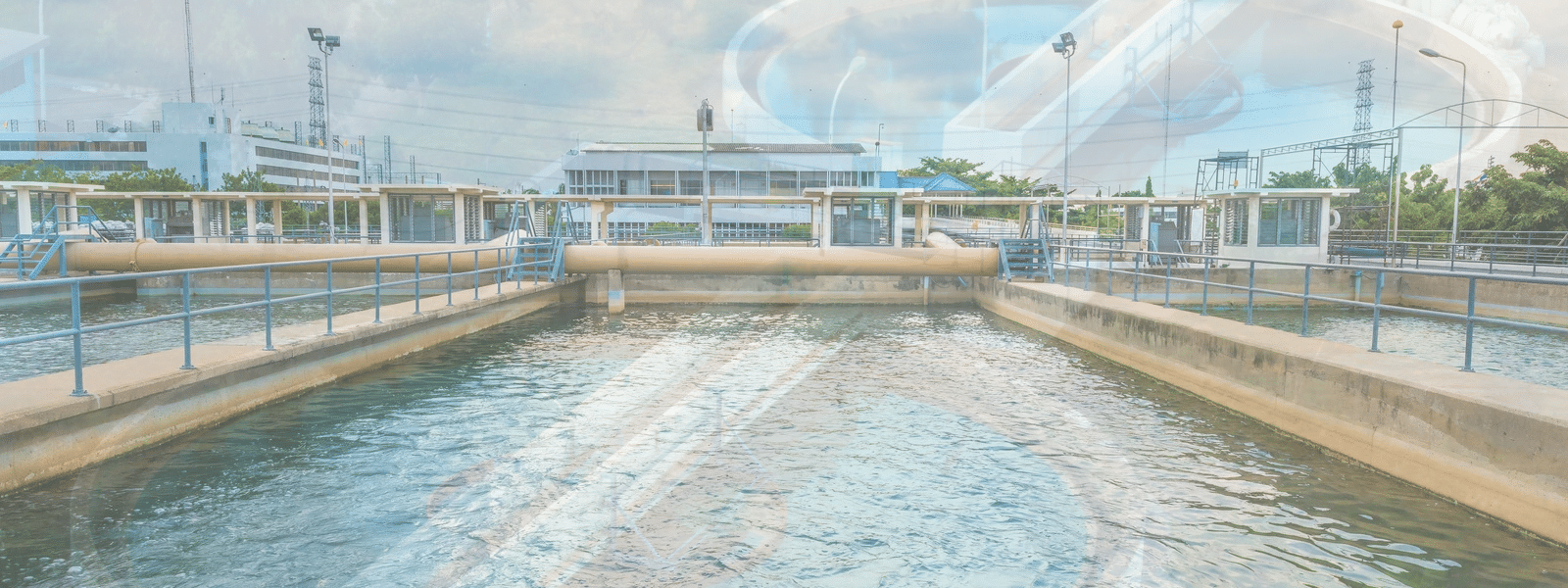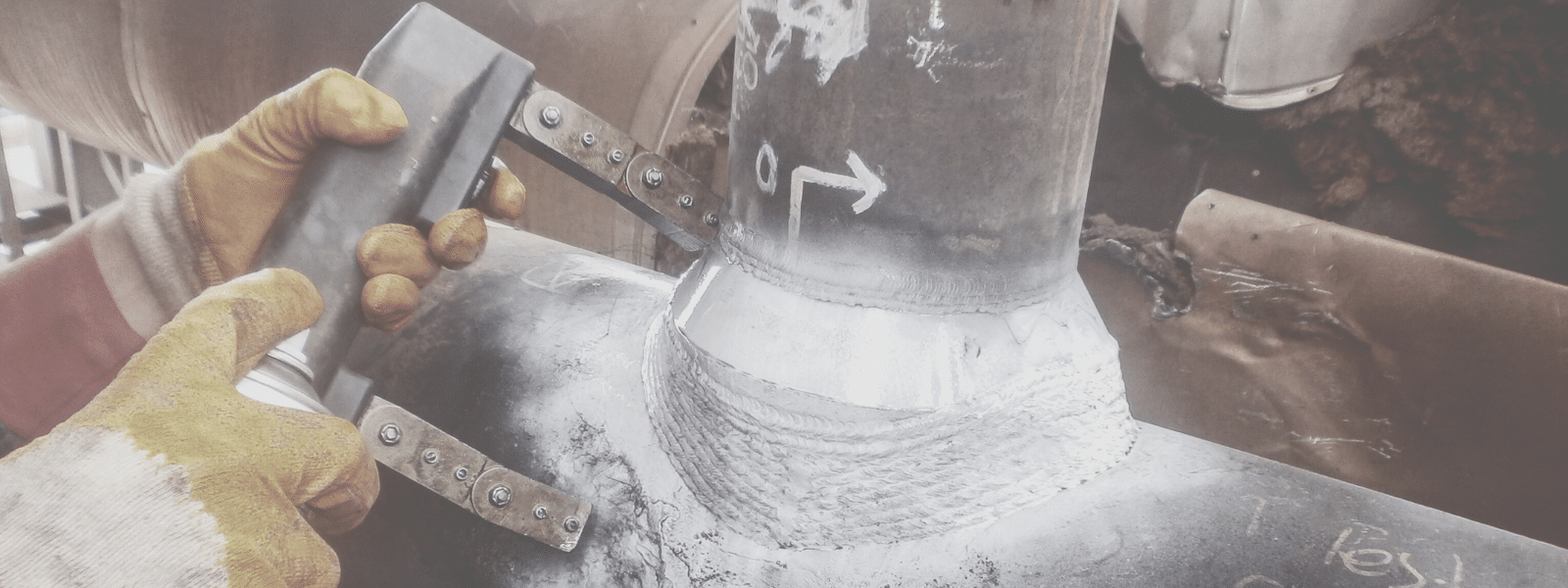N propyl bromide vapor degreaser is used in the vapor degreasing systems of thousands of companies and organizations. However, large-scale users of the solvent are gradually replacing it with safer solutions that offer just as much efficacy, if for no other reason than that the solvent appears to be well on its way to being added to the EPA’s list of hazardous air pollutants (HAPs), which means that its use would be heavily regulated to prevent health risks.
But what about companies and organizations that use an n propyl bromide vapor degreaser in small quantities that may be unaffected by upcoming regulations? Switching solutions would still be a good idea, as even minimal n propyl bromide exposure can produce an acute, negative impact on workers’ health. However, for entities that opt to keep using the solvent in low amounts, it’s essential to implement the following four strategies for reducing health risks.
- Special Air Filtration System
Using a special air filtration system that’s designed to remove, chemical-based, airborne contaminants can help reduce n propyl bromide exposure. The lower the level of n propyl bromide emissions that workers inhale, the less likely they are to experience acute and chronic health problems that lead to lags in productivity and, potentially, chemical injury lawsuits.
- Personal Protective Equipment
N propyl bromide doesn’t enter the body through inhalation alone. It can also be absorbed through mucosal membranes and skin on practically any part of the body. Consequently, it’s ideal to supply workers with personal protective equipment (PPE) that covers them from head to toe while they apply the solvent. High-level PPE can be costly, but the lack of productivity and legal recourse that stem from n propyl bromide injuries can be costlier still.
- Sealed Vapor Degreasing System
The type of vapor degreasing system you use can also affect n propyl bromide exposure. While all vapor degreasing systems are “sealed” during operation to maintain vapor pressure, the system for moving non-recycled solvent into the waste trap should also be sealed. Ideally, workers should have no contact with n propyl bromide vapor degreaser after it enters the degreasing system. Waste disposal specialists should remove the solvent from the trap.
- Setting Exposure Limits
While any level of exposure to n propyl bromide could cause negative health conditions, the chance of experiencing them naturally increases as exposure to the solvent increases. Consequently, even if you use a low volume of n propyl bromide compared to other entities, you should ideally set exposure limits based on the lowest threshold (e.g., 0.1 ppm), as established by your municipality or a federal workplace regulatory agency such as OSHA.
Find an npb Replacement at Ecolink
Implementing the strategies above for reducing health risks caused by n propyl bromide can be expensive and time consuming. Regardless of how much n propyl bromide vapor degreaser they use, many outfits find it more cost effective to switch to a safer solvent instead of trying to mitigate the health risks of n propyl bromide exposure with in-house safety strategies. If you’re company in this situation, Ecolink can provide the degreaser replacement you need.
We specialize in supplying stock solutions and custom solutions that are environmentally preferred or environmentally safe, and pose a significantly lower risk to workers’ health than n propyl bromide formulations. To get started on receiving your replacement, call us today at (800) 563-1305, or use the contact form on our website, to schedule a free consultation.





